Liaquat Ali Khan (1947 to 1951)
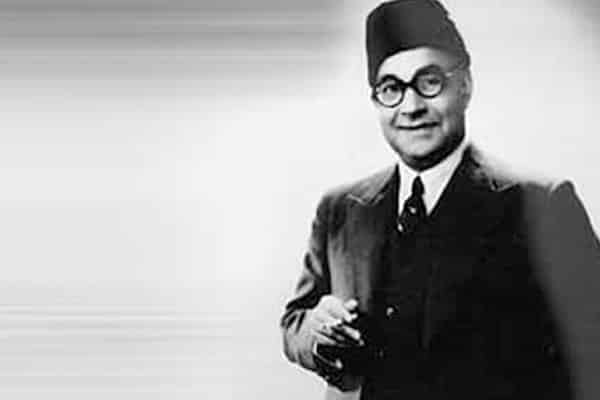
Al-Haj Khwaja Nazimuddin (1951 to 1953)
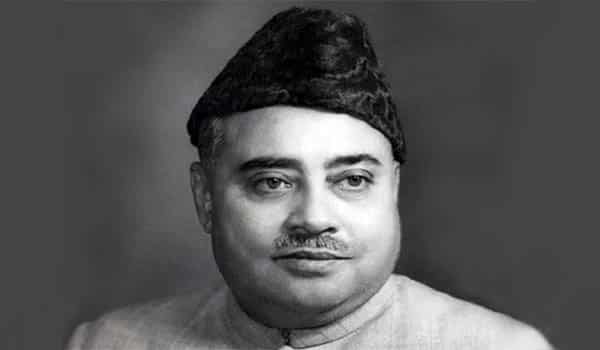
Mohammed Ali Bogra (1953 to 1955)
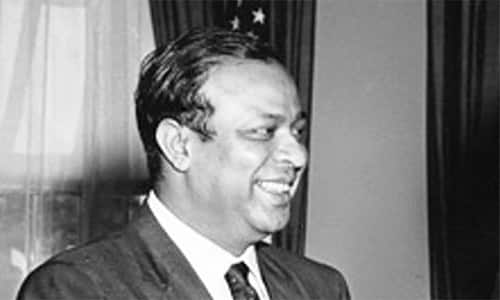
Ch. Mohamad Ali (1955 to 1956)
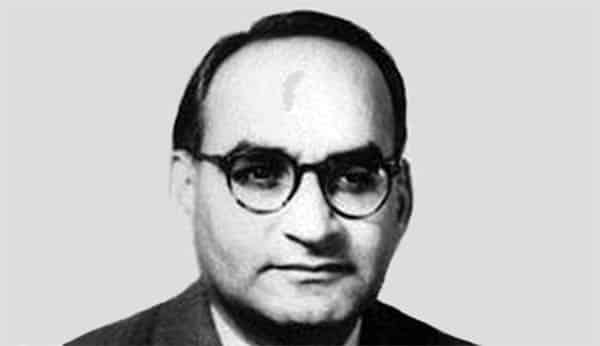
Huseyn Shaheed Suhrawardy (1956 to 1957)
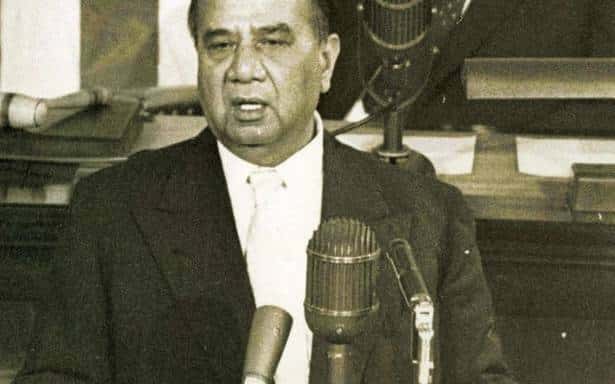
Ismail I. Chundrigar (1957 to 1957)
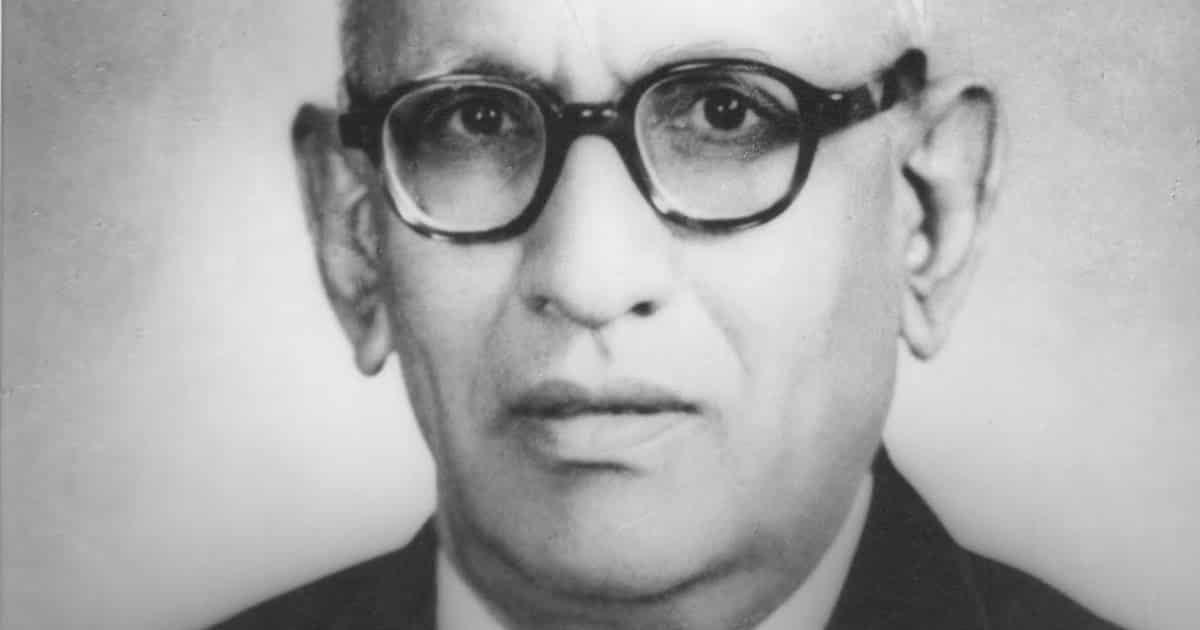
Malik Firoz Khan Noon (1957 to 1958)
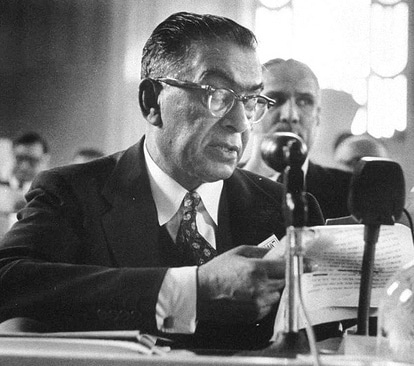
Zulfikar Ali Bhutto (1973 to 1977)
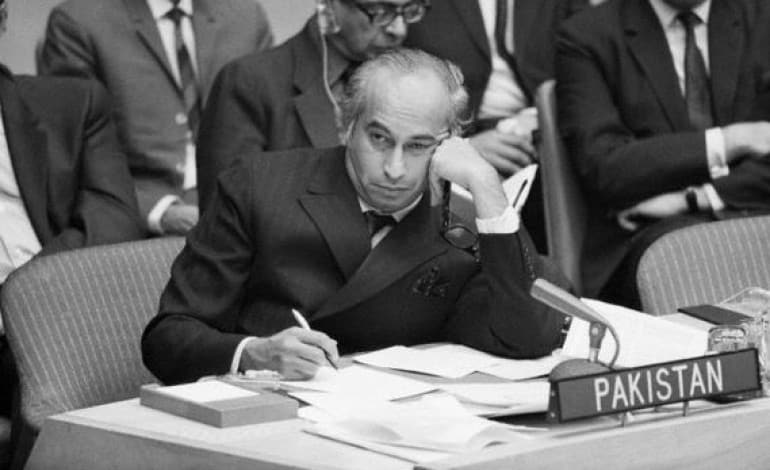
Muhammad Khan Junejo (1985 to 1988)
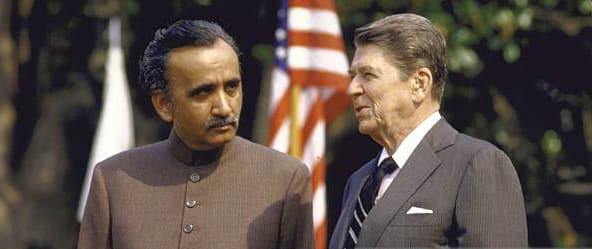
Mohtarma Benazir Bhutto (1988 to 1990)
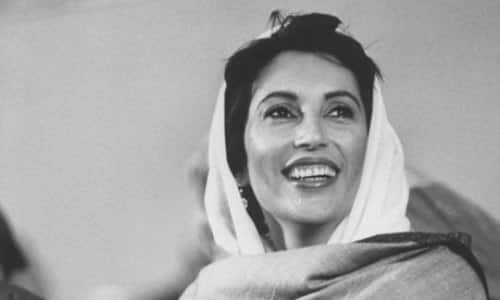
Mohammad Nawaz Sharif (1990 to 1993)
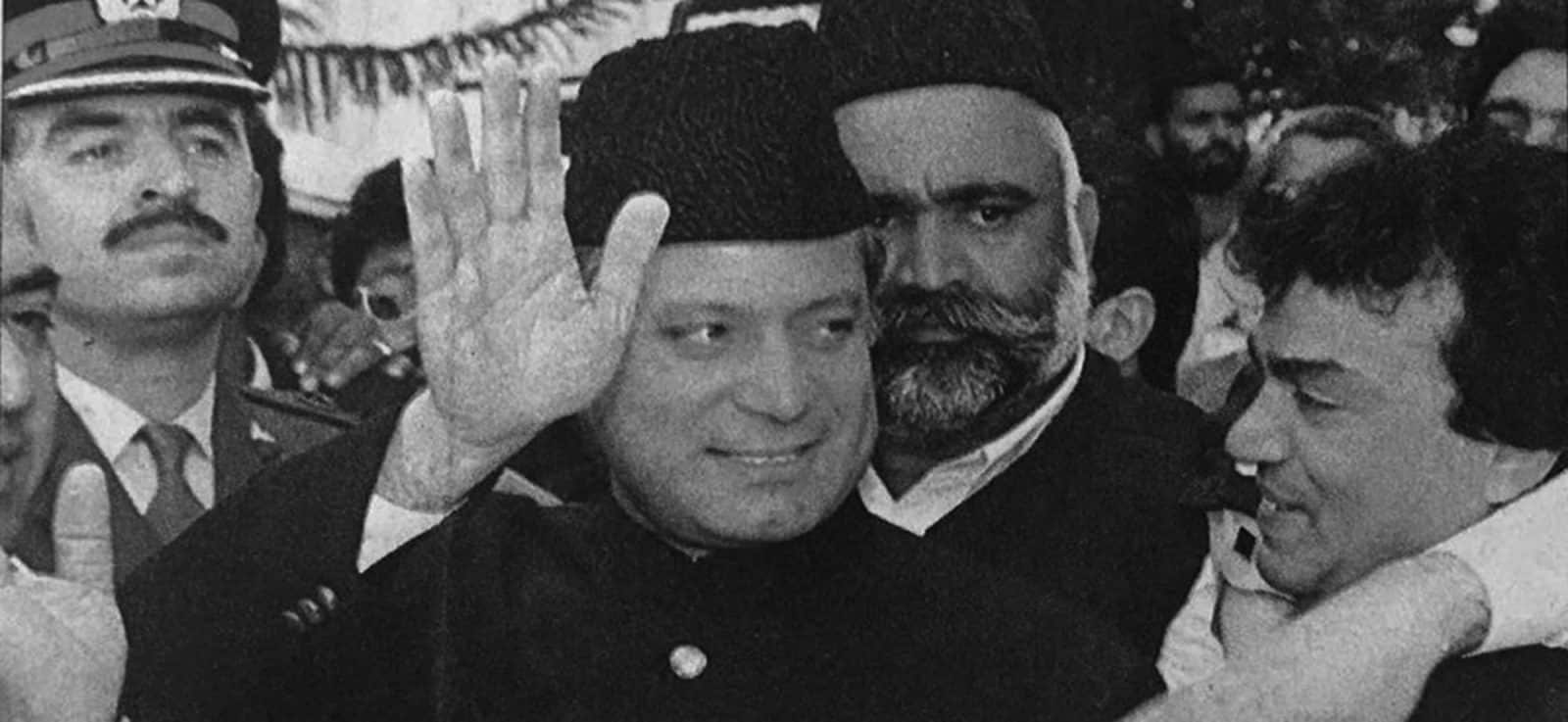
Mohtarma Benazir Bhutto (1993 to 1996)

Mohammad Nawaz Sharif (1997 to 1999)
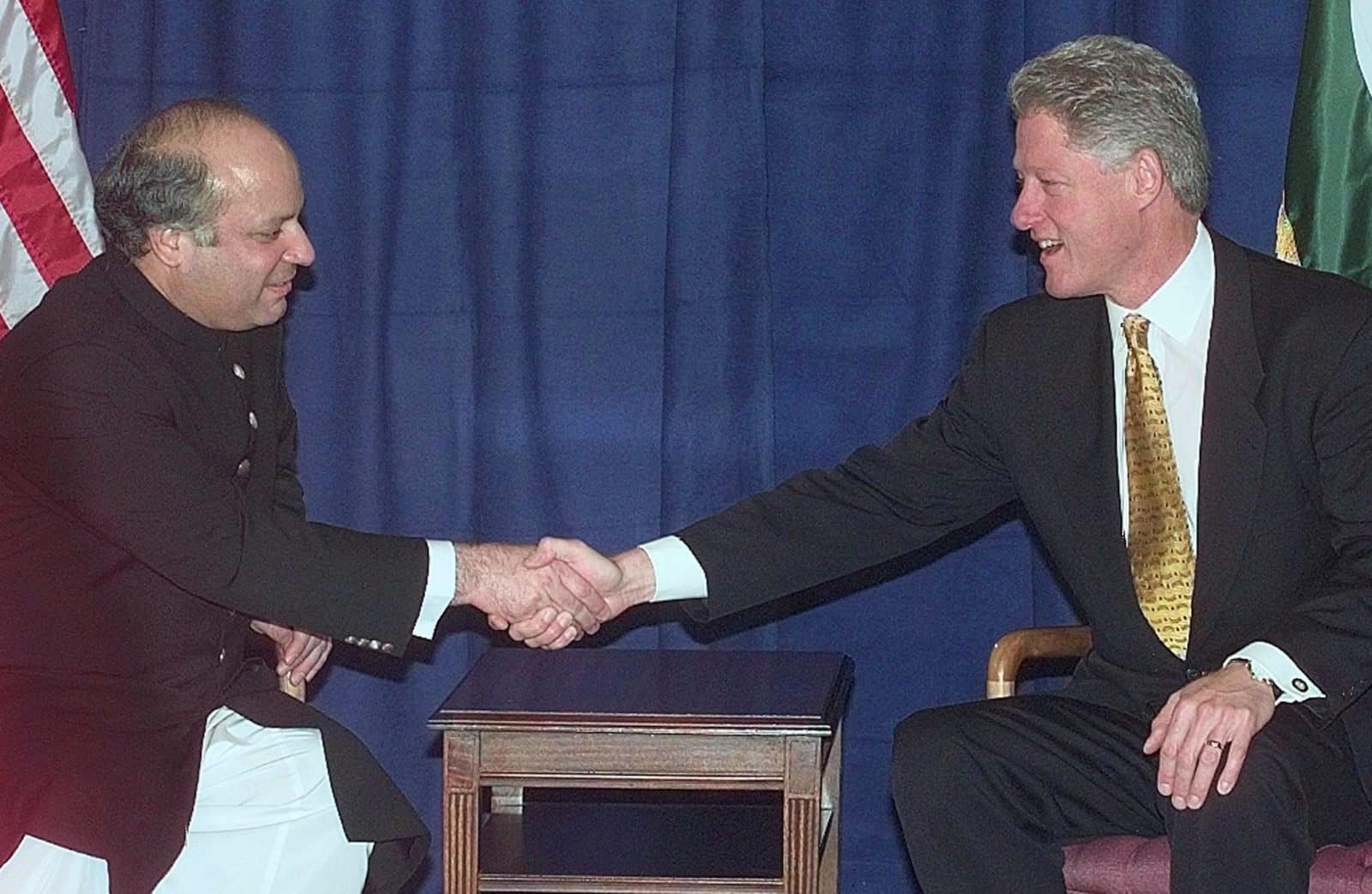
Mir Zafarullah Khan Jamali (2002 to 2004)
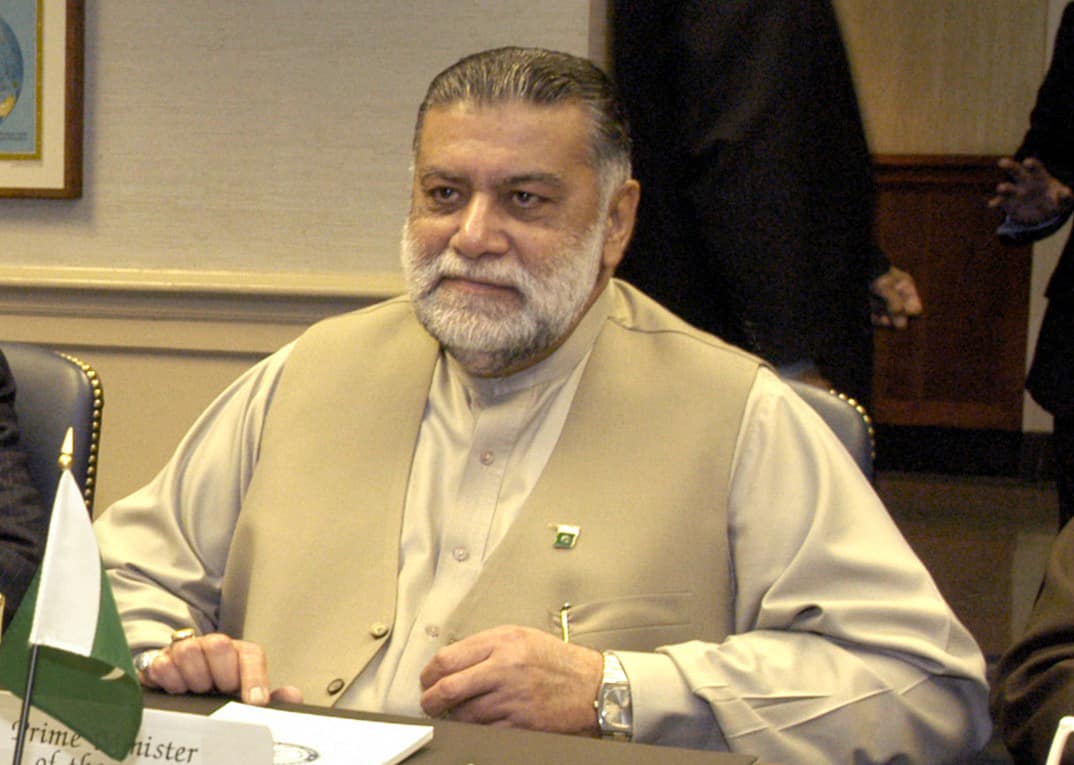
Syed Yousaf Raza Gillani (2008 to 2012)

Mohammad Nawaz Sharif (2013 to 2017)
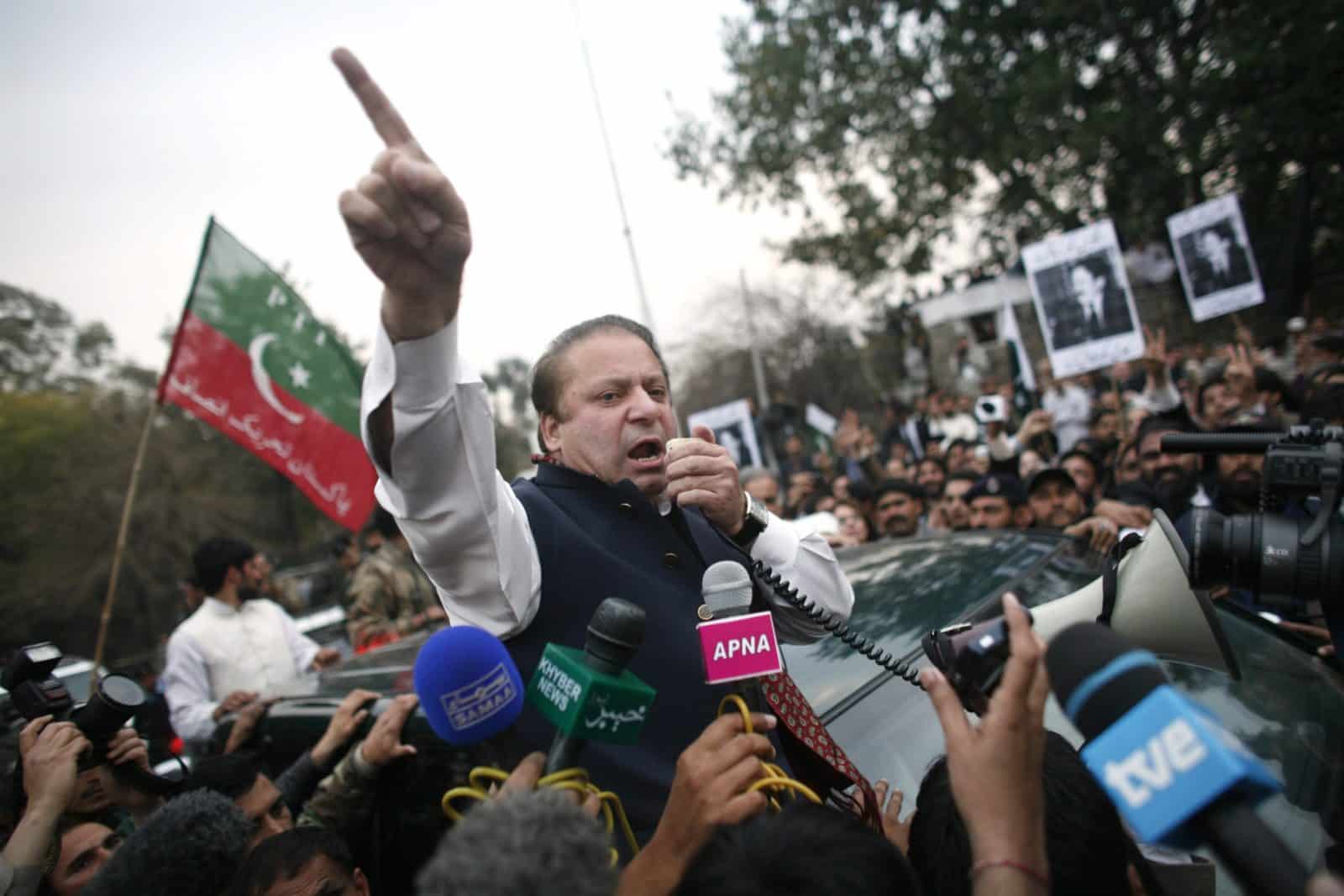
Note: The list mentions Prime Ministers who didn’t complete their 5-year terms after getting sworn into office. It excludes interim, caretaker PMs who were called in to fill in the rest of the term.
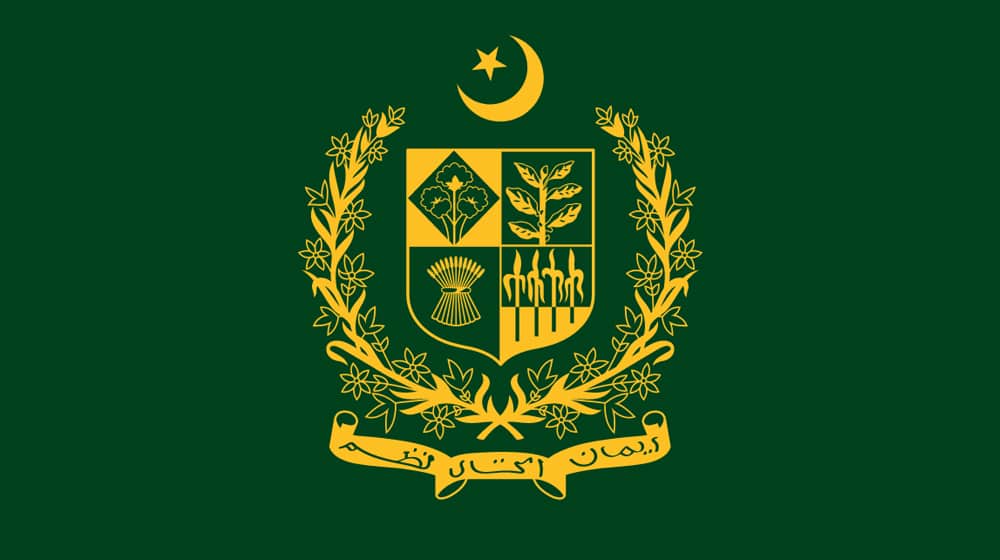

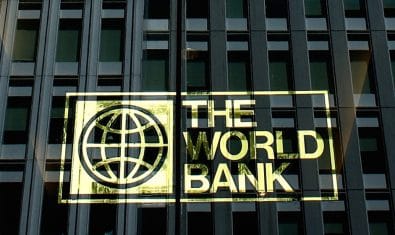
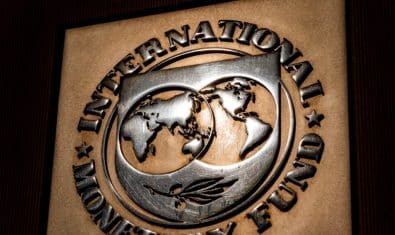
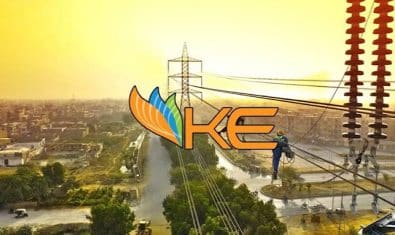






















Nawaz Tau Jaanay Ka Naam He Nai Le Raha…
Emraan Hashmi, welcome to Pakistan
Naam Main Kiya Rakha hai :
Hamara Masla Ye hai :
Jo Ghalaat Kiya Use Latkaya Gaya to SHAHEED
Jo NaAHL Howa Wo Kehta hai Hum Be Kasoorr Hai
At the End : Kisi Ko As Per LAW SAZA Howi :::: ???
Pakistan Main Q Aisa Hai Jo Ek Bar Seat Pe Aya Wo Dubara Ata hai ??
Pakistan Main Q Aisa Hai Jo Paise Wala Gunha Karta Hai Use He Saza Nahi Milti ??
It would have been more interesting if ProPak had posted article about PMs who have completed the tenor.
Nawaz ki back per PTI ka flag :D
Although, Hr Prime-Minister ke sath Camera Acha hota Gaya
Now DSLR Is Final Camera
Nawaz was 15 pM ???
Admin You have missed Mr. Raja Pervaiz Ashraf
Politicians be like….. lolx BRB gotta be PM of Pakistan 8)
Where is shaukat aziz,
Muhammad mian somru
Where is the discussion about Shaukat Aziz?
Raja Parvez Ashraf
Mian Mohammad Soomro